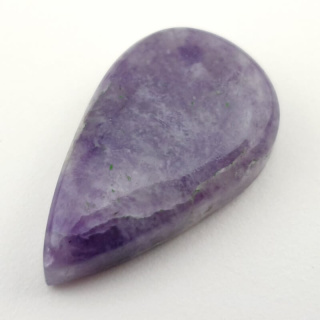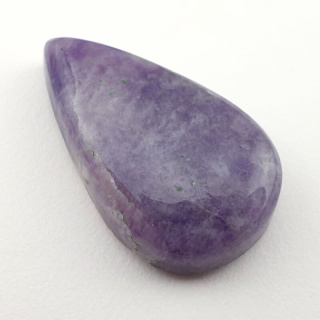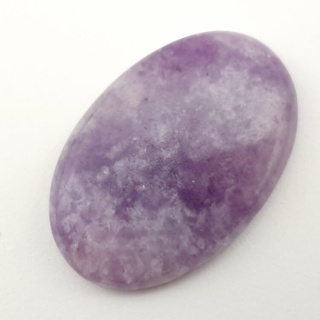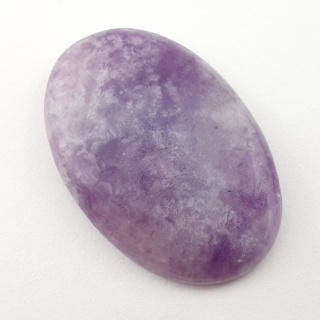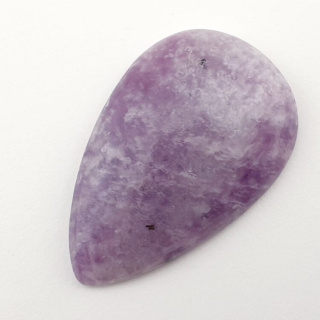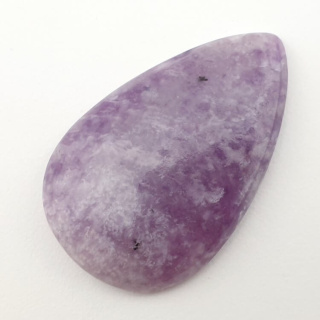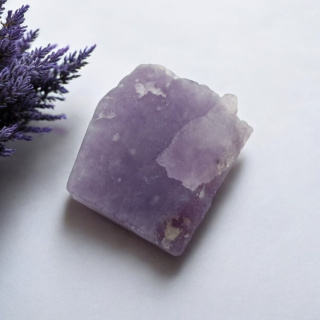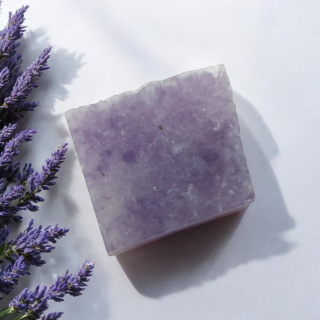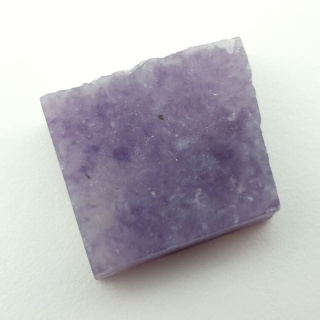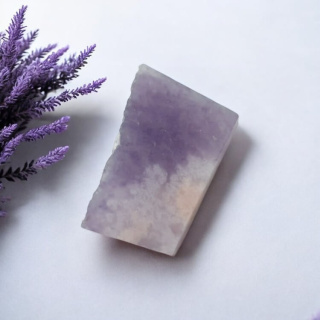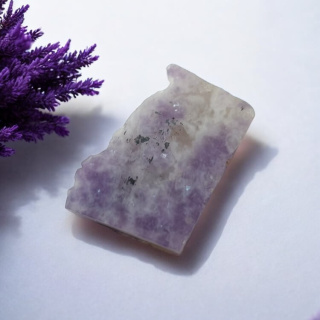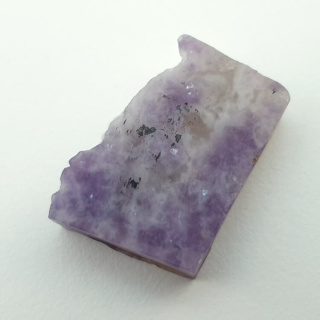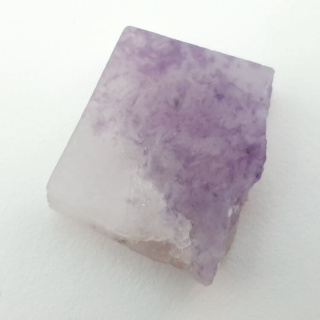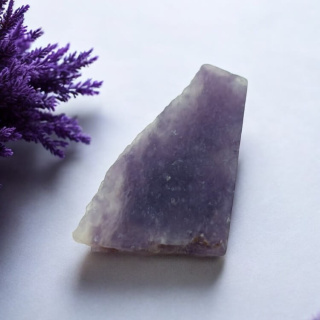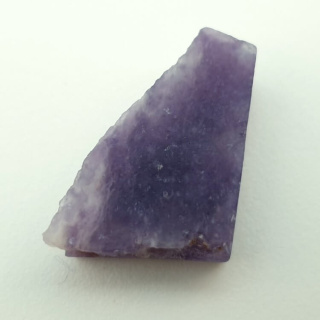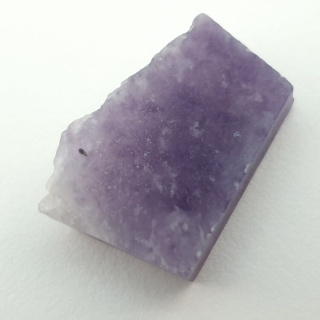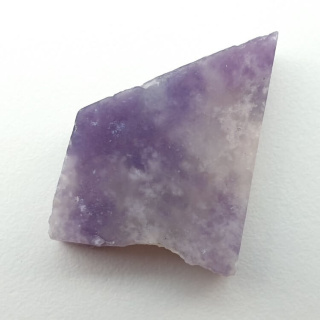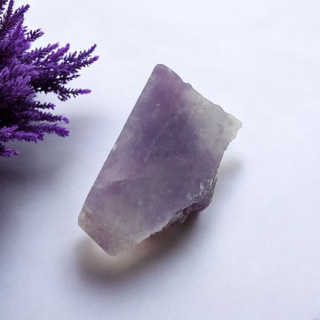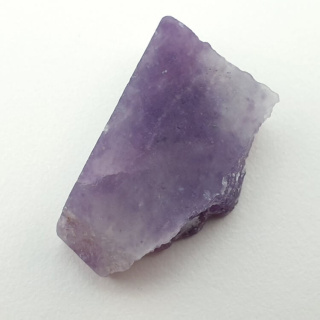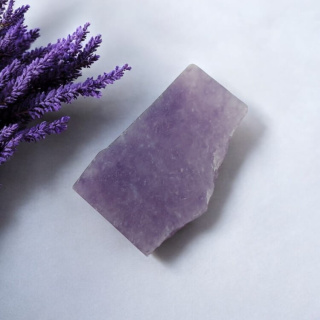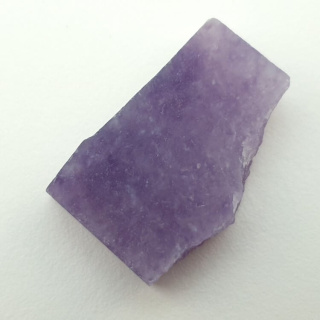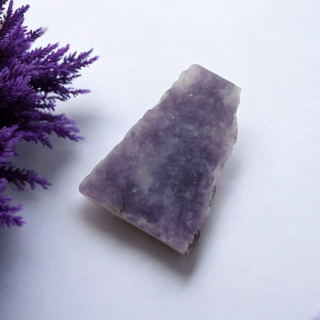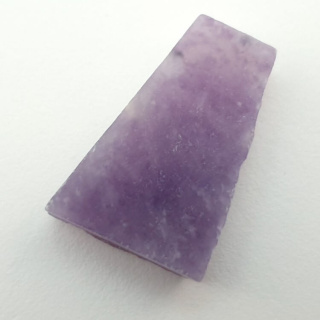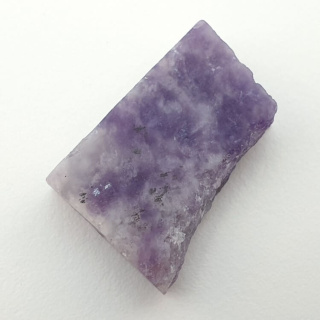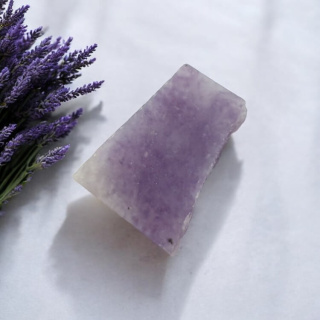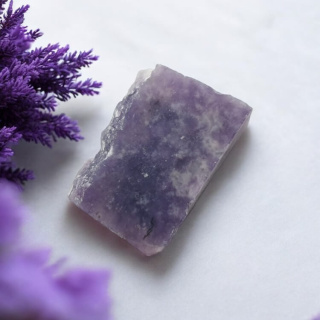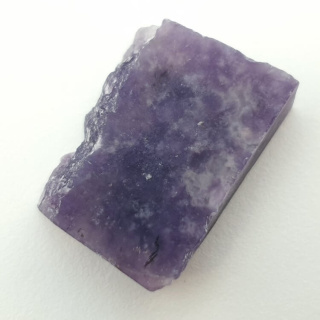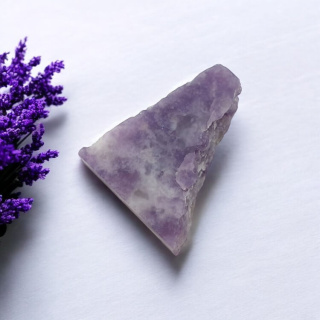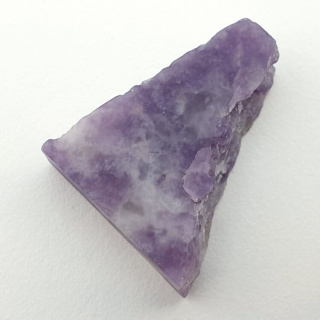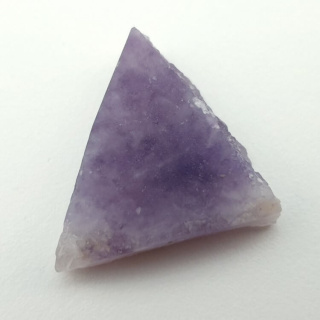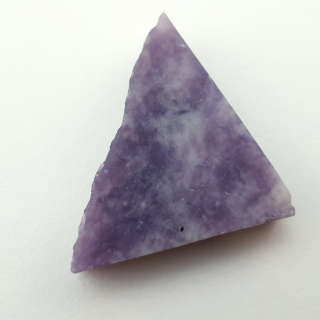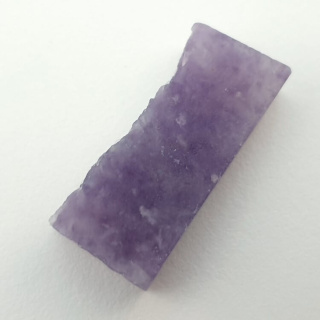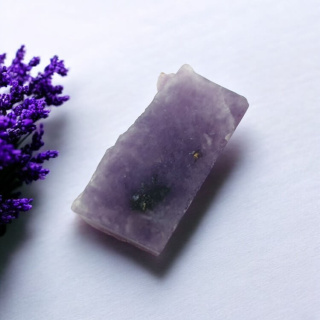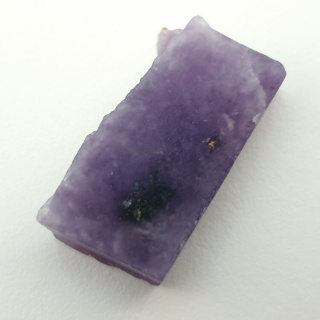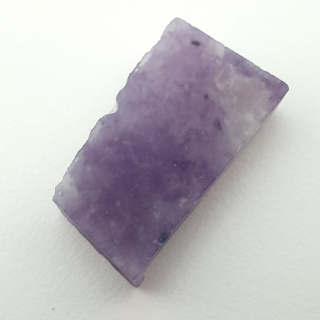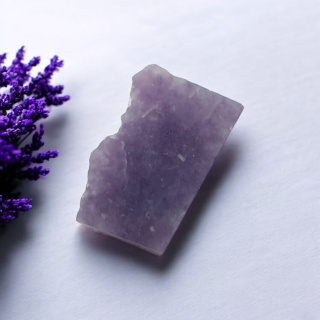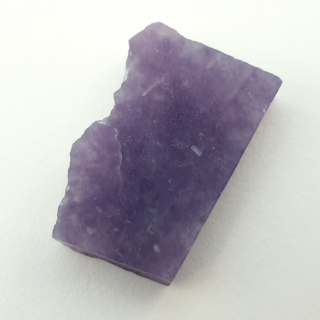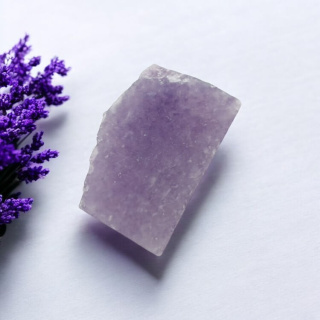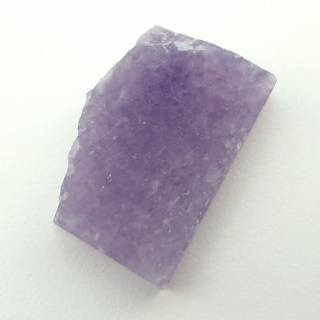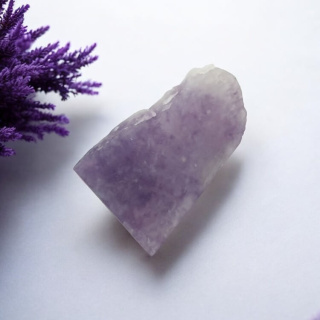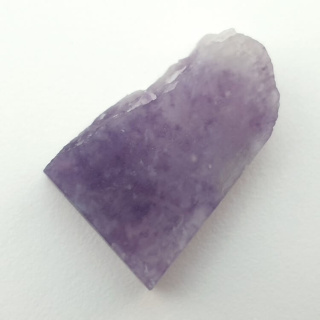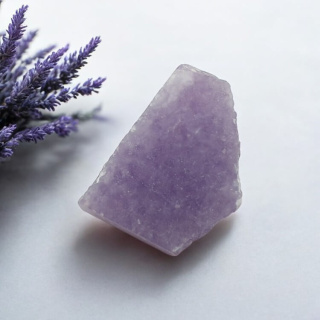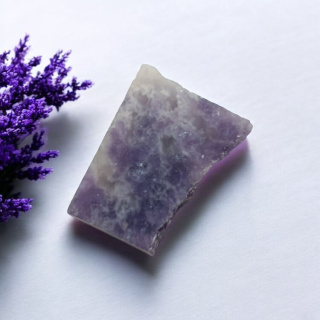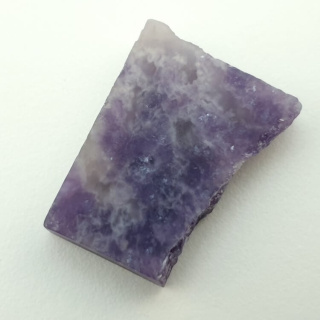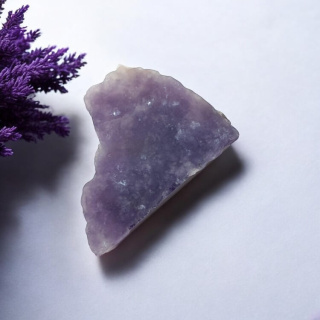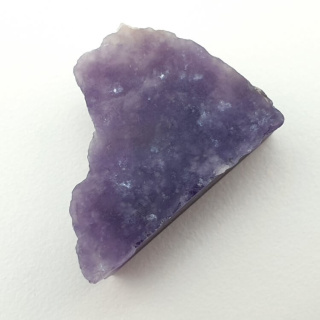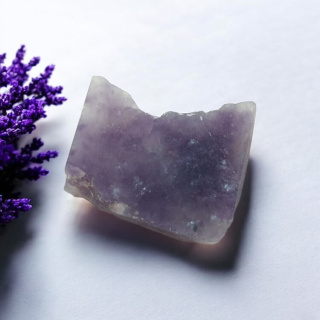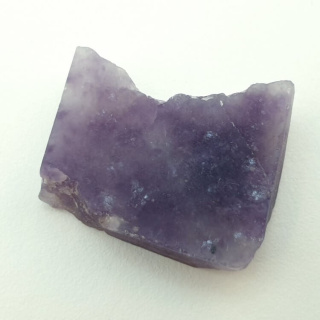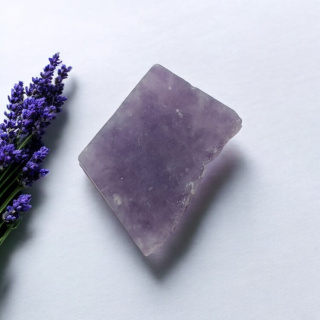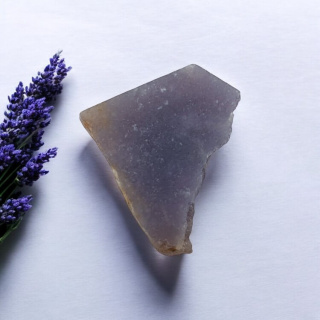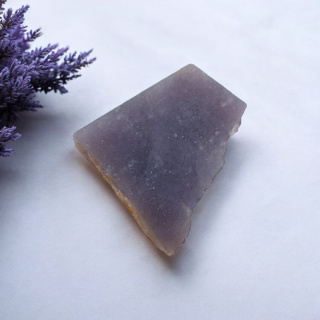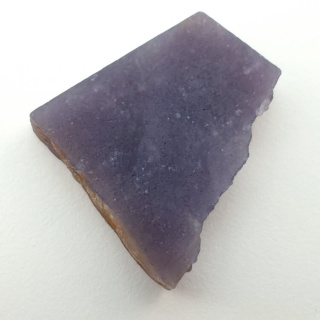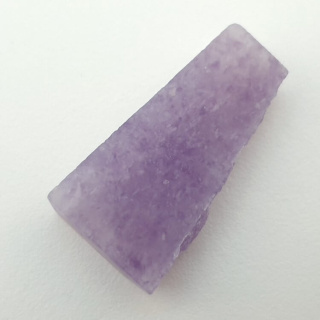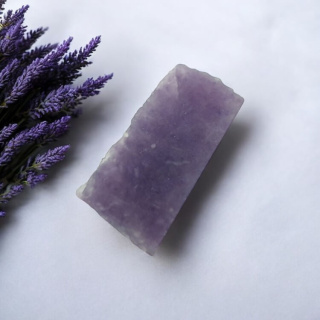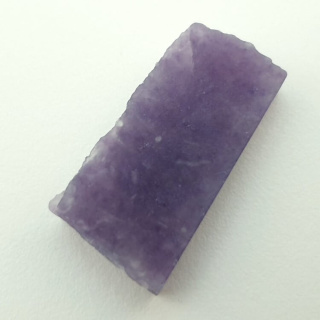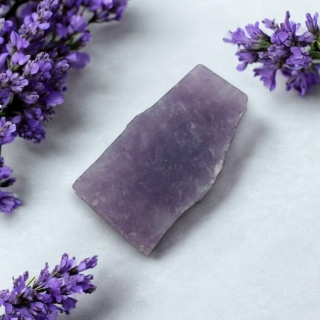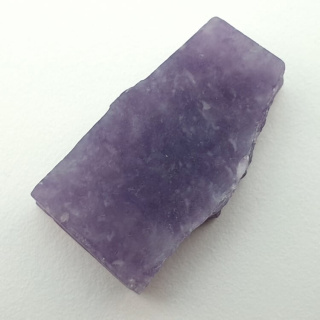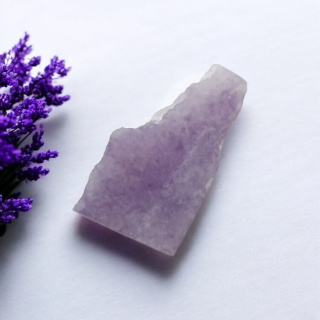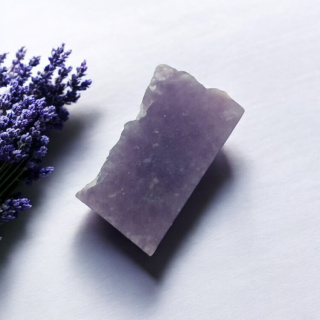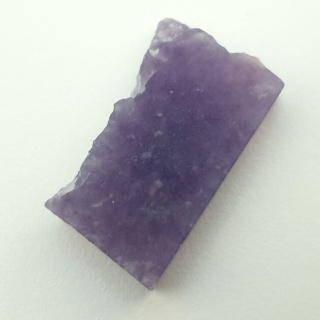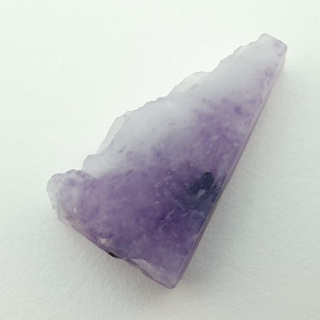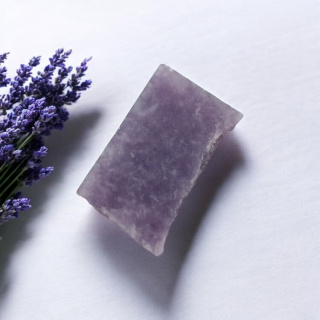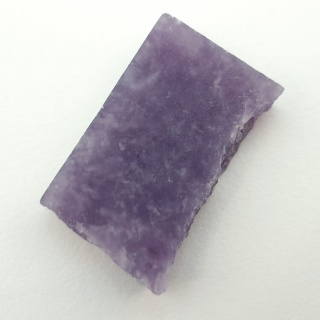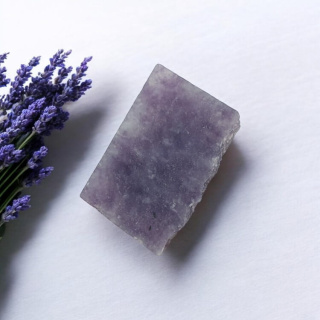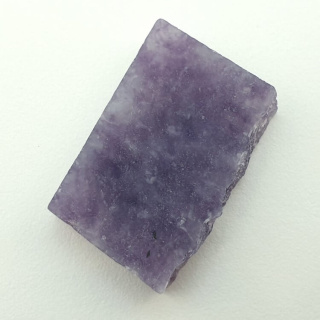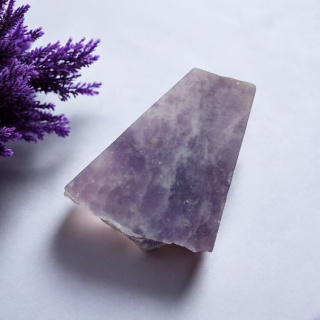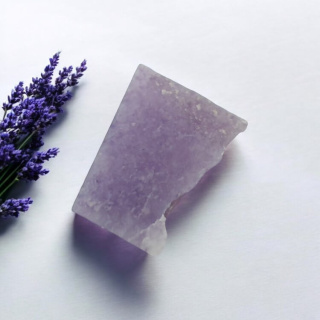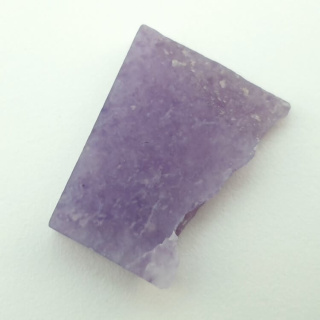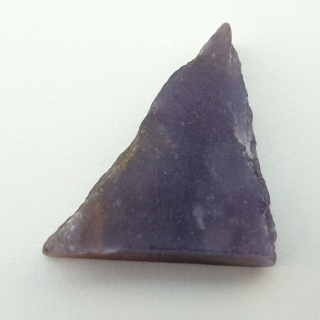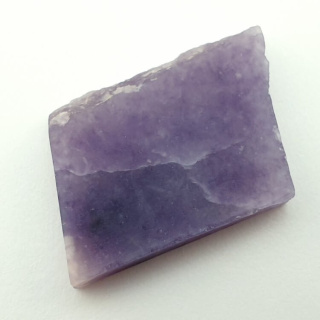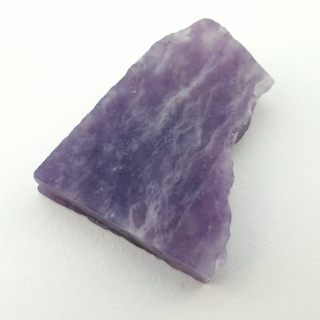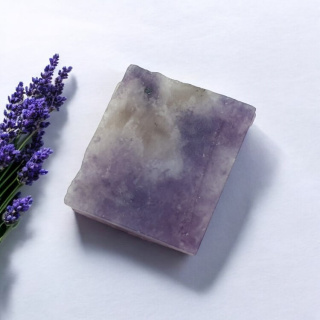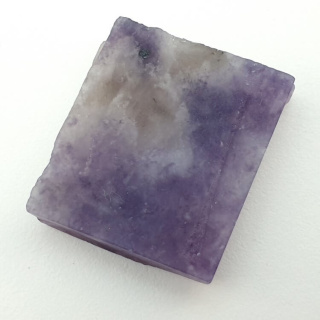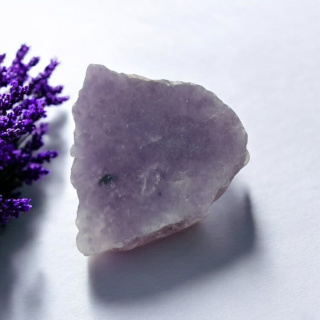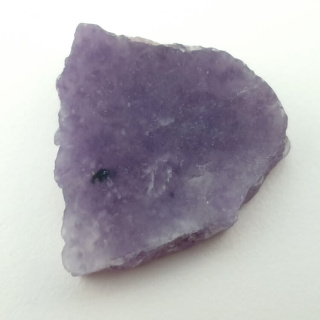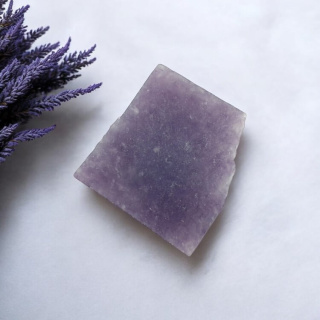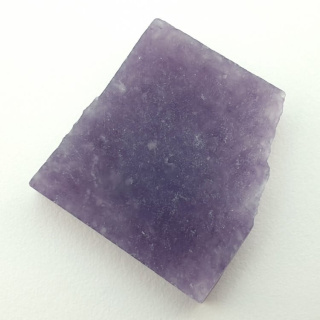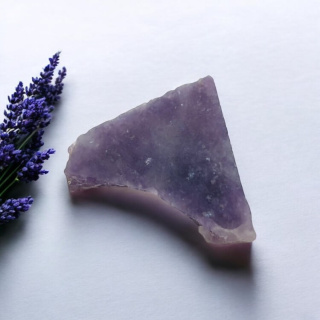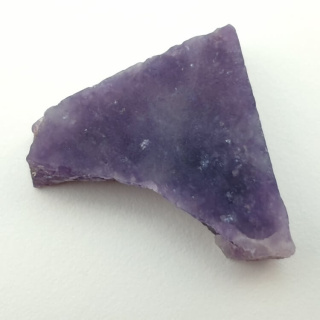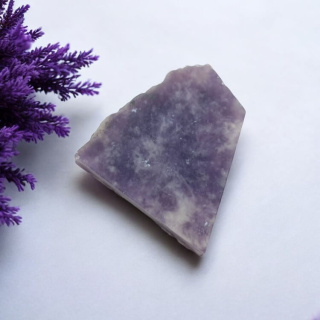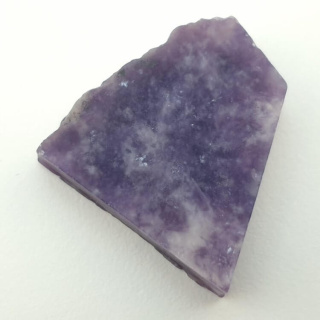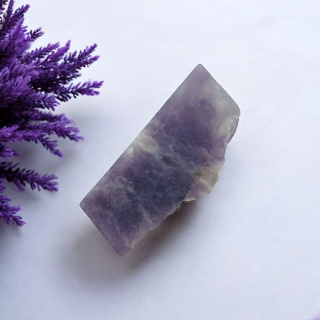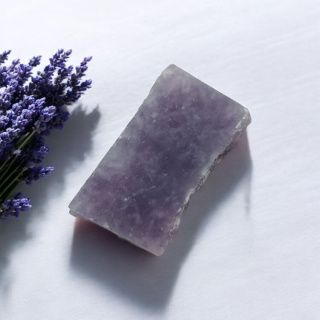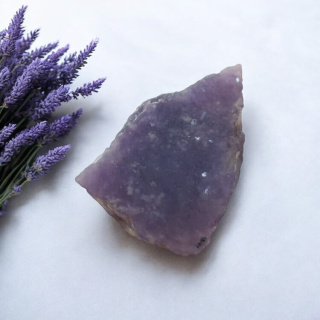Lepidolite – a mineral with many unexpected uses
Number of products : 89What is lepidolite?
Lepidolite is a mineral classified as a type of spodumene. It is a silicate mineral that is rich in lithium. Its general chemical formula is KLi2Al(Al,Si)3O10(F,OH)2. Lepidolite is known for its distinctive pink, purple, or lilac color, although it can occur in other shades.
Lepidolite is used as a gemstone in jewelry and has a collector's value due to its beautiful colors. It is equally often used as a source of lithium, which is essential in the production of lithium-ion batteries.
Lepidolite is a relatively rare mineral and is mined in specific locations around the world, such as the United States, Canada, Russia, Brazil, and Zimbabwe.
What colors does lepidolite come in, and what causes the color differences?
Lepidolite can occur in various colors, but the most characteristic and recognizable are pink, purple, or lilac shades. Color differences in lepidolite result from various factors, such as impurities and geological conditions. Here are some of the main factors influencing color differences in lepidolite:
- Manganese: The presence of manganese can give lepidolite a pink or pinkish-purple color. Manganese is one of the main factors influencing the different shades of pink in this mineral.
- Iron: Sometimes the presence of iron can give lepidolite a more pink color.
- Calcium: The presence of calcium as an impurity can affect the shade of lepidolite and make it more purple.
- Radiation: Ionizing radiation from the ground can cause lepidolite to change color over time, causing discoloration.
- Age and geological conditions: Lepidolite may undergo various geological processes and changes in chemical composition during its formation, which may affect its color.
- Impurities of other minerals: The presence of other minerals or chemicals in rocks containing lepidolite can also affect its color.
It is worth noting that pink and purple varieties of lepidolite are most prized for their attractive colors and are often used in jewelry and as decorative stones.
Where in the world can lepidolite deposits be found?
Lepidolite occurs in various locations around the world, but it is a fairly rare mineral. Here are some of the regions and countries where lepidolite deposits can be found:
- United States: Lepidolite is mined in some states, such as California, South Dakota, Colorado, and Maine. California is particularly known for its beautiful colored lepidolite deposits.
- Canada: In Canada, lepidolite is mined in the provinces of Ontario and Quebec. Canadian lepidolite deposits are an important source of this mineral.
- Russia: Lepidolite is mined in Russia, particularly in the Ural region. Russian lepidolite is used in the chemical and electronics industries.
- Brazil: Brazil has lepidolite deposits, especially in the state of Minas Gerais. This mineral is often used in jewelry.
- Zimbabwe: Lepidolite is present in some regions of Zimbabwe and is mined there mainly for industrial and export purposes.
Lepidolite deposits are valuable for their lithium content, which is a key raw material for the production of lithium-ion batteries, making lepidolite mining important for the electronics and automotive industries. However, it is a rare mineral.
Is lepidolite used in the jewelry industry, and if so, in what form and for what purpose?
Yes, lepidolite is sometimes used in the jewelry industry as a decorative stone. However, it is not as popular or common as diamonds, emeralds, or rubies, for example. The main reason is that lepidolite is soft compared to hard gemstones, which means it is more susceptible to scratches and damage. For this reason, it is usually used in jewelry making for jewelry that is not exposed to everyday wear and tear.
Lepidolite is mainly used in jewelry in the following forms and for the following purposes:
- Pendants and necklaces: Lepidolite is often set in silver or gold and worn as a pendant or necklace. Due to its pink and purple colors, it can be an attractive gemstone for people who like these colors.
- Bracelets: Lepidolite can be used to make bracelets. However, due to the softness of the stone, lepidolite bracelets may be more delicate and require careful handling.
- Earrings: Lepidolite stones are also used to make earrings, both dangling and clip-on.
- Esoteric jewelry: Due to its energetic properties, natural lepidolite is sometimes used in esoteric jewelry as a stone that is said to aid relaxation, reduce stress, and balance energy.
However, it should be remembered that due to its softness, lepidolite should be handled with care to avoid damage.
Lepidolite – energetic properties in spiritual and esoteric practices
In spiritual and esoteric practices, lepidolite is often attributed with various energetic and spiritual properties. Below are some of the main energetic properties attributed to this mineral:
- Stress and tension relief: Natural lepidolite is considered a stone that helps reduce stress, tension, and anxiety. It is often used as a tool for relaxation and emotional balance.
- Promoting peace of mind: Lepidolite is believed to help calm the mind, which can be particularly beneficial in meditation and spiritual practices.
- Helping to cope with emotional storms: Lepidolite helps to alleviate emotional unrest and storms, helping to achieve inner peace.
- Supporting energy balance: In esoteric practices, lepidolite is sometimes used to balance and purify the energy of the body and aura, which is believed to help harmonize the body, mind, and spirit.
- Facilitating spiritual growth: Some believe that lepidolite can support spiritual growth by helping to discover deeper levels of self-awareness and spiritual transformation.
- Helps with insomnia: Due to its relaxing properties, lepidolite alleviates insomnia and improves sleep quality.
- Protection against negative energy: Some people believe that lepidolite should be used as a protective shield that protects against negative energy and influences.
It is worth noting that how lepidolite works is often subjective and depends on individual beliefs and experiences. People who practice spirituality and esotericism often choose stones such as lepidolite for their symbolic meaning and attributed energetic properties.
What are the main uses of lepidolite?
The main uses of natural lepidolite stones stem primarily from its lithium content and physical properties. Here are some of the main uses of lepidolite:
- Production of lithium-ion batteries: One of the most important uses of lepidolite is in the production of lithium-ion batteries. Lithium is a key component in these batteries, which are widely used in electronics, electric cars, portable tools, and other devices. Lepidolite provides the lithium that is essential for their production.
- Chemical industry: Lepidolite can be used as a raw material in the chemical industry for the production of lithium salts, which are used in various chemical processes.
- Jewelry: Lepidolite, with its attractive colors such as pink and purple, is sometimes used in jewelry to make decorative jewelry such as necklaces, pendants, earrings, and bracelets.
- Collectible stone: Due to its unique appearance and energetic properties, lepidolite is prized by mineral collectors.
- Spiritual and esoteric practices: Natural lepidolite stones are sometimes used in spiritual and esoteric practices. They help to overcome and reduce stress, support meditation, energy balancing and achieving peace of mind.
- In construction: Lepidolite can be used as a raw material for the production of bricks and building materials, although this is a relatively rare application.
- Electronics: In addition to lithium-ion batteries, lepidolite can be used in electronics as a raw material for the production of certain components and materials, although this is less common than lithium in the form of lithium salts.
- Ceramics: Lepidolite is sometimes used in the production of ceramics and glass, where it can serve as a raw material to achieve specific color effects.
![[{[item.product.name]}]]([{[item.product.photo.url]}] 75w)



